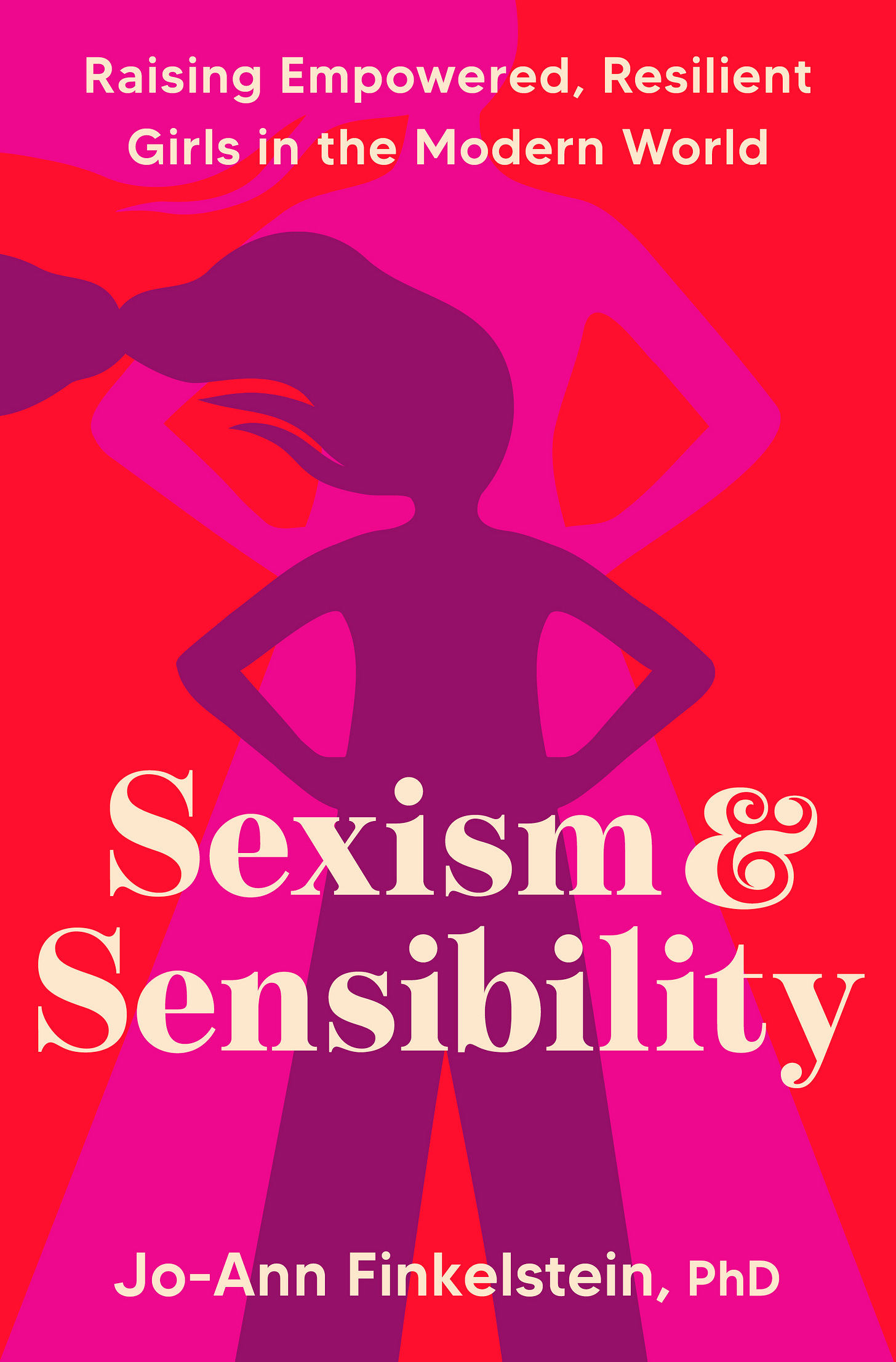
Like so many others, I was gutted this week by the news of the 27 campers and counselors who died in the flash floods at Camp Mystic, an all-girls Christian camp in Texas. The water rose so quickly, many didn’t even have time to grab their shoes.
Dozens of people lost their lives across Texas, and it’s all incredibly heartbreaking. But there’s something especially haunting about a tragedy unfolding against the backdrop of joyful shrieks and friendship bracelets, inside jokes and shared bunks, in a place designed for girls to be stronger, goofier, and more carefree than they can be anywhere else.
At some point in high school I wanted to change schools. I’d been at the same small coed private school since I was four years old, only changing buildings for high school. My search for a new school was short-lived because most other private schools were religious or single sex and there was no way was I doing either.
It’s hard to fully remember what, exactly, felt so offensive about the idea of an all-girls school when I was 14 or 15. Maybe it was just the dread of being the new kid. But more likely, it was the terror of being the new kid among girls who might live up to their reputations—catty, cliquish, mean. I’d also just started to notice boys in that giddy, electric way, and a school without them probably felt uncool and a little embarrassing.
I wonder if someone had explained the benefits of all-girls spaces—how they can be freeing and protective—would I have reconsidered? I hadn’t yet figured out what it meant to be a girl among boys, but I certainly felt it. That sinking sense of being taken less seriously. That subtle disregard you can’t always name but often feel. The envy and competition among girls as attention from boys becomes currency. The self-monitoring. The slut-shaming. How coed spaces seemed to shrink the room—less space to speak, move, eat, play…everything—even if none of us yet had the language to call it out.
All-girls’ spaces aren’t perfect, and they certainly aren’t all created equal—access, gender-identity, race, and class shape who feels truly safe or included. But again and again, we see that something powerful happens when girls are together without boys. Freed from the performance and self-monitoring that so often kick in around the male gaze, girls tend to speak more freely, take more risks, and worry less about how they’re being perceived. They’re more likely to raise their hands, try something new, gain confidence in STEM subjects, or be unabashedly silly. In the absence of cisgender boys or men, girls are momentarily released from gendered expectations to accommodate, defer, and cushion boys’ feelings. Friends who attended women’s colleges have told me the starkest difference is being able to speak without constant interruption. That’s a major reason why I want my daughter to include a women’s college on her application list. Another is the visibility of women in leadership roles—presidents, professors, student leaders. When you see it, you know it’s possible.
As an adult, I’ve gravitated toward women-only gatherings—writing groups, knitting circles, yoga retreats, professional organizations, drinks with the ladies—for the kind of unfiltered intimacy and recognition they allow. Perhaps the patriarchy’s most effective device is making women believe the cage is imaginary. Being with people who “get it” offers instant relief from the constant need to explain, justify, or soften a non-male perspective in a male-centric world. I can sometimes find that same ease in mixed-gender groups, too. But it’s taken years, therapy, and the hormonal superpowers of midlife. More opportunities in single-sex spaces as a child or adolescent might have moved things along more quickly.
Research backs up the advantages of all-girl spaces: girls in single-sex environments often report greater confidence, more leadership, and stronger peer connections—particularly when supported by strong school culture, teachers, and inclusive environments. Camps, classrooms, STEM programs, friend groups—when girls are given space to be the center of the story, rather than the sidekick, the girlfriend, the peacemaker, or the pretty one, something important unfolds. All-female spaces aren’t a cure-all, but they can be deeply formative, planting seeds of confidence, self-trust, and voice that carry into adulthood.
Camp Mystic girls are known to shriek with delight when their bus first rounds the bend and the camp’s iconic sign comes into view. And they’re known to weep when they pass it again, saying goodbye. But this year, as they passed it while being evacuated, they weren’t crying. They were solemnly singing camp songs, some that invoked God—songs sung by their mothers and grandmothers before them. I’m glad they have each other and their faith to help carry them through these unfathomable losses. To lose friends and sisters in a place where they felt safest to be fully alive and whole feels doubly cruel. But it also reminds us why those spaces matter so much.
Buy a copy of my award-winning book, Sexism & Sensibility: Raising Empowered Resilient Girls in The Modern World and get 50% off a one-year subscription to this newsletter. That’s a book and a subscription for less than the subscription alone! Just email your receipt—I’ll send you the link.




